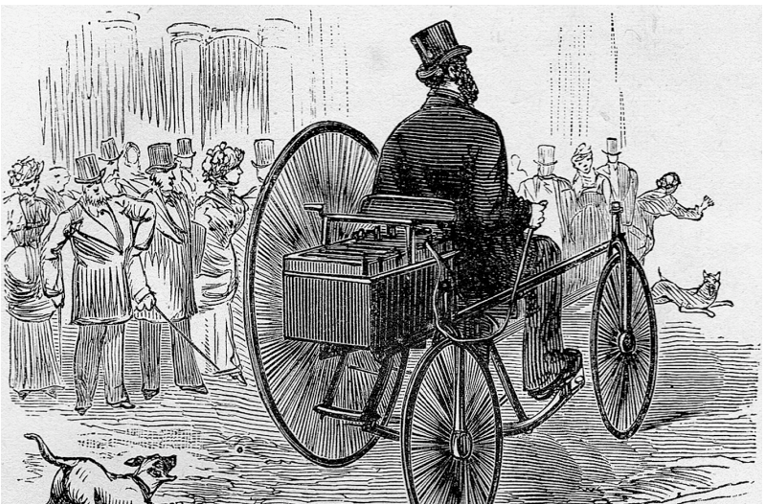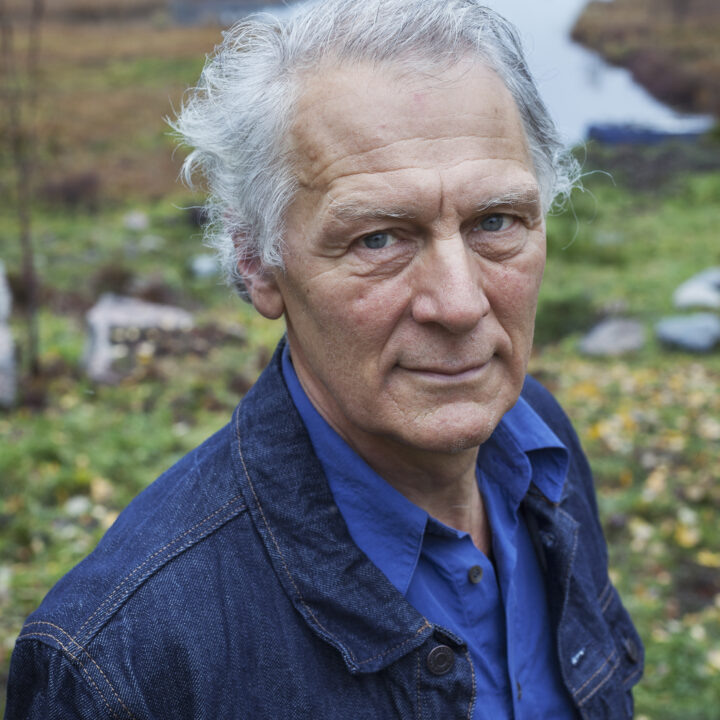On the package of organic milk from Coop (Sweden) I can read the plastic cap is made out of oil. For some reason they can’t use biodegradeable plastic made from renewable sources. Instead they “support the production of the same quantity of renewable plastic somewhere else”. In addition they claim that they through this can reduce the use of fossil raw materials. This is supposed to make me feel good.
In this way, the package of milk illuminates two common phenomena in how modern businesses handle, or not, environmental challenges. The first is the notion of “compensation”, i.e. that we can compensate an ill by doing something good somewhere else. The prime example is of course climate compensation or carbon offset, which it often is called. But there are other examples such as habitat banking whereby you pay someone to provide ecosystems or species which you have destroyed. And now plastic compensation. There are many things to say about the notion that you can compensate for destruction. It leads to financialization and privatization of nature (read this excellent article by Sian Sullivan) and it often means that poor peoples’ environment will be used to compensate rich peoples lifestyle (e.g.. when you compensate your flight with tree planting in developing countries).
Instead, let me instead probe the other message of the milk package: That you can “save” or “reduce use” of fossil fuels using renewable plastics. In the case of my organic milk this is greenwashing in its purest shape. Before Coop introduced the plastic cap, the package had no cap, but the carton could easily be opened and closed. By introducing a cap of made out of oil Coop clearly increases the use of fossil fuels. But they look at the situation differently. They see that they use a fossil cap and by supporting the production of renewable plastic for something else, say the plastic grocery bags, they reduce the use of fossil fuels.
As a matter of fact this way of reasoning is widespread. The US department of energy tells us that buying an electric car will reduce pollution and greenhouse gas emissions. But will it? I will not take up the discussion of how big the carbon footprint of an electric car is. There are things to say, but overall the carbon footprint of driving an electric car is in most cases considerably lower than from a gasoline or diesel car. But even so, can one really claim that you will reduce pollution and climate impact by buying a Tesla or a Nissan Leaf? Well, if you had no car earlier you will undoubtedly increase emissions and pollution by buying and driving an electric car. If you have a combustion engine car and sell it to someone else that will drive it, total emissions will also go up compared to the situation before, unless that person already had a car before, which will be scrapped. It is only if your old car is demolished or replaces another car that is scrapped that one could, possibly (it also depends on how old your car is and how much you drive), claim that emissions are reduced by you buying an electric car. There is thus a difference between the idea that you will reduce your emissions and that you will reduce emissions.
In addition, the use pattern of an electric car is not the same as a combustion engine car. The marginal cost of driving an electric car will in most countries be considerably lower than driving a combustion engine car. In the case of Sweden the operational cost for driving a combustion engine car is more than five times higher. A person with an electric car is therefore likely to drive a lot more. It also means that the electric car will replace long train rides for families as it is much cheaper. More car traffic means more roads, more garages, more tires and more of everything linked to car travel. It also means fewer bicycles, and fewer busses and trains, which are all transport means with much lower emissions than electric cars.
Even on a very basic level, the concept of “saving” or conserving resources is transient or illusive. Some years ago I visited pastoralists in Northern Uganda where I could observe the construction and use of wood saving stoves. I asked a woman if she through the use of the stove could spend less time collecting firewood every morning. She responded, “Oh, I collect the same amount of wood as before, I just sell the wood I don’t need”. This was ironic as the reason for the introduction of wood-saving stoves was to save trees, not generating income.
If we look at land use for agriculture we can see that arable land per capita went from 0.45 ha to 0.21 hectare from 1961 to 2016. Still food consumption per capita increased from just above 2000 kcal to just below 3000 kcal in the same period. Isn’t this a prime example of how increased efficiency results in considerable savings of a resource, in this case land? At first sight perhaps, but when looking at it more closely it is apparent that the more efficient use of land is coupled to a tremendous increase in the use of energy, fertilizer and water as well as the loss of biodiversity, carbon in soils and environmental, and social and economic resilience.
In addition, the increased productivity of labor led to lower prices and increased consumption of crops. Not only humans consume more crops, but more crops are used for animal feed and biofuels. And consumers now buy much more food than they need, resulting in increasing waistlines as well as mountains of food waste. In the end, despite the enormous productivity gain per hectare, more crop land is used today than 1961. This is caused by the double growth: the economic growth and the growth of the global population.
My milk package, the electric cars, agriculture land use and the wood saving stoves are all examples showing why overall reduction in resources use or emissions (absolute decoupling) through substitution and efficiency is a pipe dream in a growth economy. Those are all real world examples, but one can also ascertain that from a purely theoretical standpoint that total resource use is bound to increase in a growth economy. I have explained this earlier but will have another try in a coming post.
P.s. I have posted little lately on this blog. I do spend a lot more time interacting in the Swedish food and agriculture debate and it simply leaves less time and energy for the global arena. In addition, my partner, Ann-Helen, and I recently launched a book, Kornas planet, and we have been quite busy with the launch of that book (I hope that it will be published in English in the future). Thanks for reading me.
Teaser photo credit: First electric car to be publicly presented. By Jacques CATTELIN – http://academie-de-touraine.com/Tome_25_files/067-092.pdf (Bibliothèque Nationale de France), CC BY-SA 4.0, https://commons.wikimedia.org/w/index.php?curid=52267675






